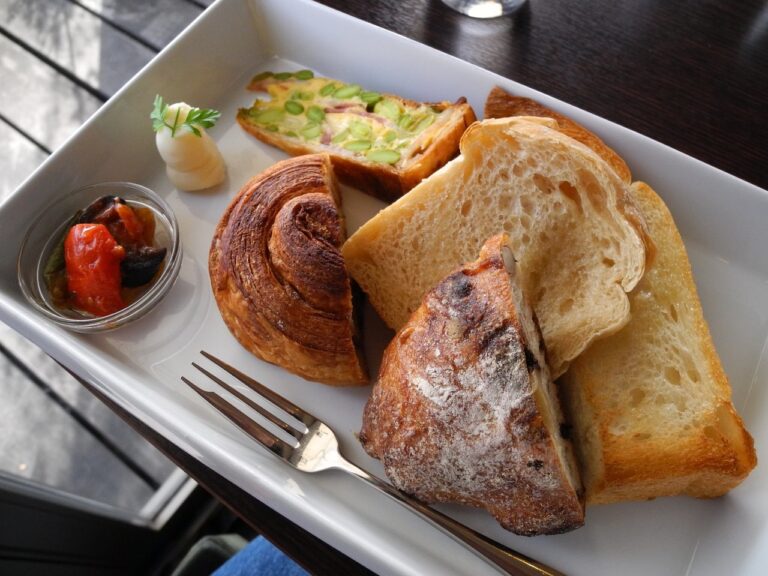The Psychology of Color in Retail Design and Branding
There are three primary colors: red, blue, and yellow. These colors are the building blocks for all other hues. When you mix two primary colors, you create secondary colors – orange, green, and purple. Tertiary colors are formed by blending a primary color with a secondary color. The color wheel serves as a visual representation of the relationships between these colors. It helps understand how different hues interact and complement each other to create visually pleasing combinations.
Understanding color temperature is essential in color theory. Warm colors like red, orange, and yellow evoke feelings of energy and warmth. In contrast, cool colors such as blue, green, and purple have a calming and soothing effect. Color harmony is achieved by combining colors that are adjacent on the color wheel or by using complementary colors – those directly opposite each other on the wheel. This creates a balanced and visually appealing color scheme.
The Impact of Color on Consumer Behavior
Color plays a crucial role in influencing consumer behavior. Studies have shown that different colors evoke various emotions and perceptions, ultimately leading consumers to make decisions. For example, blue is often associated with trust and reliability, making it a popular choice for many financial institutions seeking to instill confidence in their customers.
Furthermore, the use of warm colors like red and orange can create a sense of urgency and excitement, prompting consumers to take immediate action. Companies often utilize these hues in their marketing materials to encourage impulse purchases or promote limited-time offers. Understanding the psychological effects of color can help businesses strategically leverage their brand’s color palette to connect with their target audience on a deeper level.
Choosing the Right Colors for Your Brand
When it comes to selecting the perfect colors for your brand, it is crucial to consider the message you want to convey to your audience. Colors play a significant role in shaping perceptions and emotions, so it is essential to choose ones that align with the values and personality of your brand. Each color has its own psychological associations, so it’s important to understand the meanings behind different colors before making your decision.
Furthermore, it’s important to consider the target demographic of your brand when choosing colors. Different age groups, cultures, and genders may have varying preferences when it comes to colors. By selecting colors that resonate with your target audience, you can create a stronger connection and increase brand loyalty. Remember, the colors you choose will be a visual representation of your brand, so choose wisely.
How important is color when it comes to branding?
Color is extremely important when it comes to branding as it can evoke emotions, create brand recognition, and influence consumer behavior.
How can I choose the right colors for my brand?
Consider factors such as your target audience, industry, brand personality, and the emotions you want to convey. It’s also helpful to conduct research on color psychology and competitor branding.
Are there any colors that are universally appealing?
While different colors can evoke different emotions and have cultural associations, certain colors like blue, green, and neutral tones are generally well-received by a wide audience.
Can I use multiple colors in my brand’s color palette?
Yes, you can use multiple colors in your brand’s color palette, but it’s important to ensure they complement each other and convey a cohesive message about your brand.
How often should I update my brand’s colors?
It’s not necessary to frequently update your brand’s colors, but it’s important to periodically evaluate if they are still resonating with your target audience and effectively communicating your brand message.







